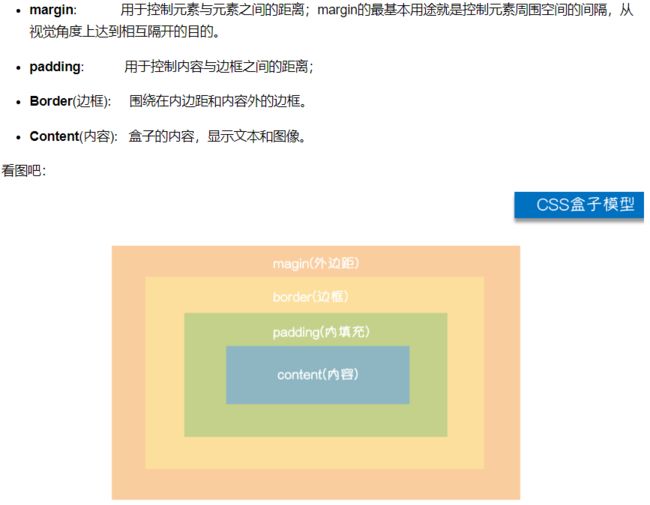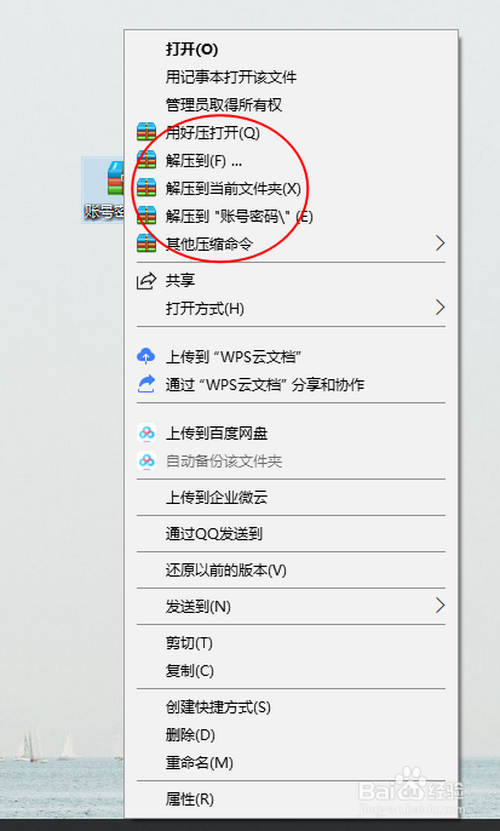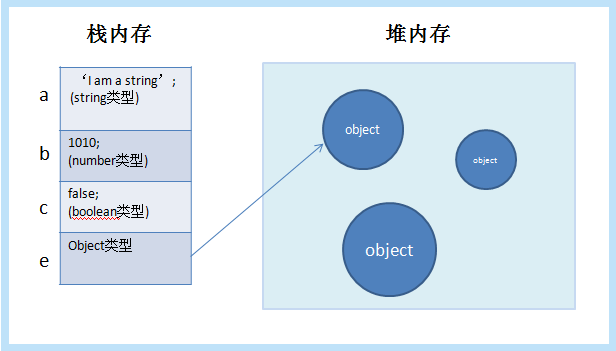2022-02-14
原文:
is not a , , is a that with .它的核心是 C++,还有用于 .的 for the Go 是一个工具,不仅可以在 Go 中使用,还可以用于如何在引擎盖下使用。
, 的:
作为一个 Java 爱好者而不是 Java 爱好者,我在 Go 中是为了完成他们的任务。
开始
(by Ueda (@).下3.0)
标志。
首先要注意的是,Go API for of the 缺少:这个 API 是 for from 。这适用于 Go:
在 Go 中使用的 API。这些 API 非常适用,而且是 Go 语言。
如果我们不在 ML 中:!如果, , 你在这里是:
做一个真实的,保持它!用于 & 训练 ;您可以稍后通过 Go 加载和使用它们!
简而言之:go 可以用 and ; where , in this 表示没有,因此没有。
现在让我们开始使用 Go:让我们的第一个。
在 , I 中, the 已经准备好 Go 并且 and 在 中。
Let’s what is (keep from , the is mine):
™ 是一个开放的使用数据流。中的节点,而图形数据()它们。
我们可以把它想象成一个,有点像 SQL,在其中你想要什么,然后让 (the) 解析你的查询,检查 and , it 到 its , it 和 the : 所有这一切都给你.
,当我们使用任何 API 时,我们所做的就是对一个图:当我们将它放入图中时,图的 .
这个,让我们尝试一个图表和它。我们清楚地列出了 () &op。
正如我们所见,这两个我们需要和一个图表。
到基本的“空”之类的,是最出自C++的。
,我们想要的
A=(12−1−2),x=(10100)
我认为这是图形的想法,并且知道它们是什么以及它们是如何工作的。下面的代码是用户将创建的第一个代码。我们称之为 .go
package main
import (
"fmt"
![图片[1]-Understanding Tensorflow using Go-唐朝资源网](https://images.43s.cn/wp-content/uploads//2022/06/1655192490507_2.png)
tf "github.com/tensorflow/tensorflow/tensorflow/go"
"github.com/tensorflow/tensorflow/tensorflow/go/op"
)
func main() {
// Let's describe what we want: create the graph
// We want to define two placeholder to fill at runtime
// the first placeholder A will be a [2, 2] tensor of integers
// the second placeholder x will be a [2, 1] tensor of intergers
// Then we want to compute Y = Ax
// Create the first node of the graph: an empty node, the root of our graph
root := op.NewScope()
// Define the 2 placeholders
A := op.Placeholder(root, tf.Int64, op.PlaceholderShape(tf.MakeShape(2, 2)))
x := op.Placeholder(root, tf.Int64, op.PlaceholderShape(tf.MakeShape(2, 1)))
// Define the operation node that accepts A & x as inputs
product := op.MatMul(root, A, x)
// Every time we passed a `Scope` to an operation, we placed that
// operation **under** that scope.
// As you can see, we have an empty scope (created with NewScope): the empty scope
// is the root of our graph and thus we denote it with "/".
![图片[2]-Understanding Tensorflow using Go-唐朝资源网](https://images.43s.cn/wp-content/uploads//2022/06/1655192490507_4.webp)
// Now we ask tensorflow to build the graph from our definition.
// The concrete graph is created from the "abstract" graph we defined
// using the combination of scope and op.
graph, err := root.Finalize()
if err != nil {
// It's useless trying to handle this error in any way:
// if we defined the graph wrongly we have to manually fix the definition.
// It's like a SQL query: if the query is not syntactically valid
// we have to rewrite it
panic(err.Error())
}
![图片[3]-Understanding Tensorflow using Go-唐朝资源网](https://images.43s.cn/wp-content/uploads//2022/06/1655192490507_5.jpg)
// If here: our graph is syntatically valid.
// We can now place it within a Session and execute it.
var sess *tf.Session
sess, err = tf.NewSession(graph, &tf.SessionOptions{})
if err != nil {
panic(err.Error())
}
// In order to use placeholders, we have to create the Tensors
// containing the values to feed into the network
var matrix, column 分类:
技术要点:
相关文章:























暂无评论内容